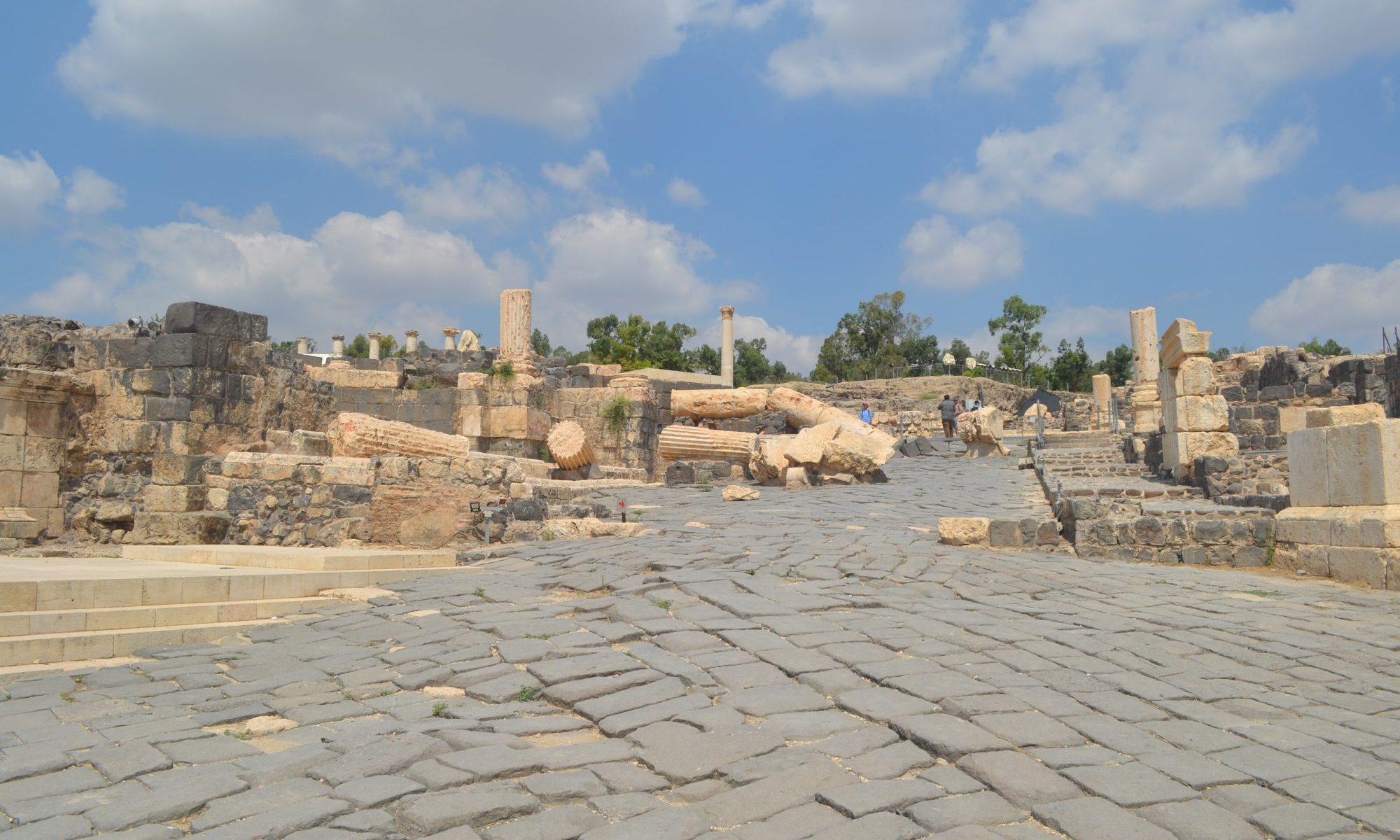As part of my research on early Christian pilgrimage, I’m taking the opportunity to go back through some of the most important pilgrimage accounts and make my own annotated translations. In a few cases this had led to some very interesting discoveries. At present, I’ve been making my way through the text my favorite account, that by the anonymous pilgrim from Piacenza, who travelled to the Holy Land between 560 and 570 CE. As Scott Johnson has pointed out in a recent re-assessment of the Piacenza Pilgrim, the account has much to offer scholars of late antique Christianity and pilgrimage — despite the way in which many scholars have dismissed both the pilgrim and his account (DOP 70, 2016: 43-70). The account contains a number of seemingly idiosyncratic practices and observations. But, as Johnson points out, viewing the Piacenza Pilgrim’s practices as idiosyncratic assumes an understanding of what normative pilgrimage practices were, and the evidence for defining normative pilgrimage in the sixth century is lacking. In my opinion, the Piacenza Pilgrim most likely represents what many pilgrims were doing when traveling to the Holy Land from the West.
In any case, while translating the Piacenza Pilgrim, I’ve been comparing my translation to the standard Enlglish translation by John Wilkinson — an excellent translation and one that is the most commonly cited in English-language scholarship. I was translating Piacenza Pilgrim 36.4, using the critical edition of the Latin text edited by Celestina Milani, Itinerarium Antonini Placentini: Un viaggio in terra sancta del 560-570 d.c. (Milano: Università Cattolica, 1977). Milani’s edition helpfully lays out two branches of the older, recensio prior and the later recensio altera on opposing pages. She also helpfully provides an Italian translation of the recensio altera. The passage that got my attention, and the one supposedly about garlic and radishes in this entry’s title, describes how the Piacenza Pilgrim and his company were met at the roadside in the Sinai by “Saracens” who brought cold water from the interior of the desert, for which they would accept bread from the pilgrims. The Saracens are described as bringing resticulas cum radicibus to the pilgrims, which Wilkenson translates as “garlic and radishes.” However, the phase does not mean that. Rather, a literal translation would be “ropes with roots” of which “radishes” are one possibility. However, the type of root the Piacenza Pilgrim is referring to is suggested in the next phrase, when the Pilgrim describes the roots as having “the scent of a sweetness beyond any other spices…” odor suavatatis super omnia aromata. Now, some people might describe radishes this way. However, in antiquity the “sweet root” is licorice. Lewis and Short’s A Latin Dictionary provides notes s.v radix, I.2 dulcis radix= licorice, citing Scribonius Largus, Compositiones Medicamentorum 170. A similar definition appears in the Oxford Latin Dictionary, s.v. radix, noting the “root that is called sweet,” is licorice, citing Celsus, de Medicina, 6.10.1: radix quem dulcem appelant. Celsus’ text goes on to say, that the sweet root can be “crushed and boiled in rain wine or honey wine…” Indeed, licorice as the “sweet root” appears in the Greek term for it: γλυκύρριζα, glykorrhiza, “sweet root,” which would seem to be the ultimate source of the English term with the initial “gl” having been dropped along the way. So, it does not appear that the Saracens brought the pilgrimage the sweetest smelling garlic and radishes, but “ropes of licorice root” which grow in various parts of the eastern Mediterranean and was probably bundled for the pilgrims much as it is today, as seen in the photo below.

This is a minor philological point in my overall research, but it does reveal what sorts of discoveries are still to be had in the texts and what a reexamination of some passages can reveal about what late antique pilgrims encountered on their journeys.

Interesting.